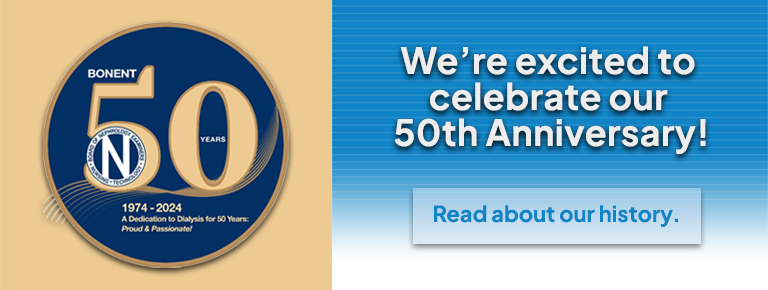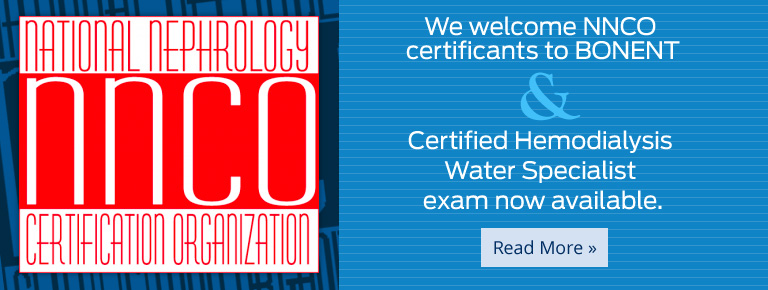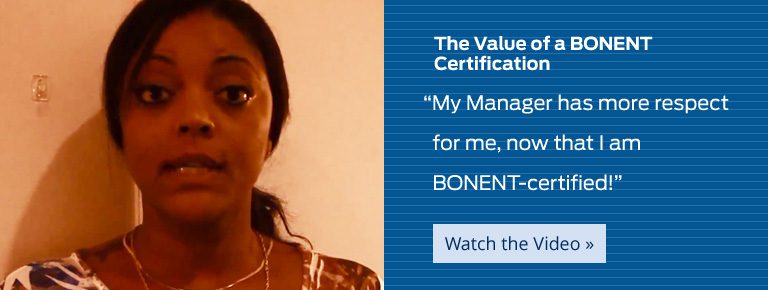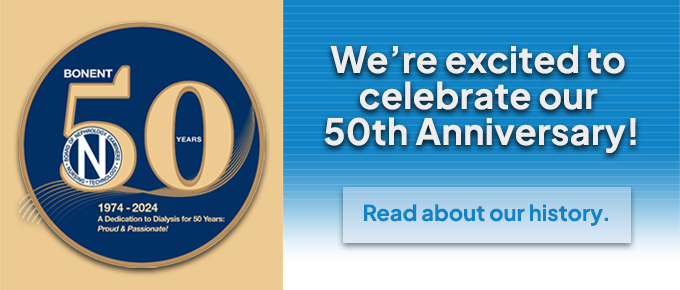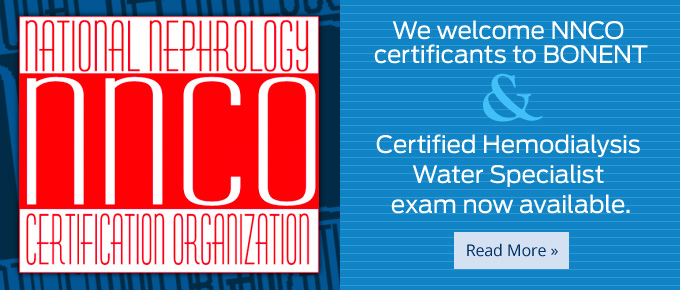August 2019
Let’s Discuss Urea Clearance and Kt/V
I want to do something different with this letter. I usually tell you what BONENT is doing and opportunities for BONENT members. This time I am going to speak to an issue that is very dear to me and very important to you and your patients.
As you might know, I am the Fluid Management and Regulatory Compliance Specialist for Centers for Dialysis Care in Ohio. We have been ordered by CMS for years to be concerned about urea clearance and Kt/V even though we knew there was no evidence that Kt/V urea had anything to do with long term survival of hemodialysis patients.
We have wondered why hemodialysis patients lose their residual renal function than CAPD and APD patients. We have wondered why US hemodialysis have a lower survival rate than other First World Countries.
This may be the first time you have heard about this. The BONENT Regional Seminars have had speakers about this for the past 3 years. Another reason for attending one of the BONENT Regional Seminars.
It has become apparent that it is due to shorter treatment times. Not because they are not getting enough clearance of poisons, but rather because they are having fluid removed too quickly. Research over the past decade has concluded that patients who have a UF rate over 13 ml/Kg/hour have a 20% higher expectation of cardiovascular events(i.e. Heart Attack) than those patients who have a UF rate less than 13 ml/Kg/hour. The research also shows that patients with UF rate over 10 ml/Kg/hour have a 15% higher chance of developing congestive heart failure than patients with a UF rate less than 10 ml/Kg/hour.
So, which is the Correct Goal?
CMS will be tracking patients with a UF rates greater than 13 ml/Kg/hour as part of the future QIP. And we know that impact how much Medicare pays our unit.
For example, a 70 Kg patent can have a UF rate of up to 0.91 Kg of fluid per hour at 13 ml/Kg/hour and 0.7 Kg of fluid per hour at 10 ml/Kg/hour. For a 100 Kg patient, that would 1.3 Kg of fluid per hour and 1.0 Kg per hour respectively. There are charts on the web that will calculate this for each of your patients. But, it is clear that larger patients can take off fluid faster than smaller patients. That makes sense, but it is not what we see sometimes. It is not clear if larger patients means that patients have a higher Estimated Dry Weight(EDW) or a higher Ideal Body Weight.
What is the PCT or Staff Nurse Supposed to do?
You need to advocate for your patients with the RN, the manager, the Nephrologist and the dietitian. We also need to educate our patients that they cannot take off a large amount of fluid just because they drank a bunch over the weekend. It will need to come off over a few treatments. It is about their hearts! They will need to drink less fluid while you get them back to their EDW. They will need to stay for their whole treatment. You need to educate them about salt and sodium. You need to go over all the sources of salt in their diet. Your dietitian can assist with this, possibly with contests or posters.
Here is a link to more information:
Since this involves how much Medicare will pay the unit, this will not be the last time you hear about this.
So, impress everyone when you know about this when it comes up.
Just tell them it is because you are a BONENT member.
Click here to read previous Letters from the President.








